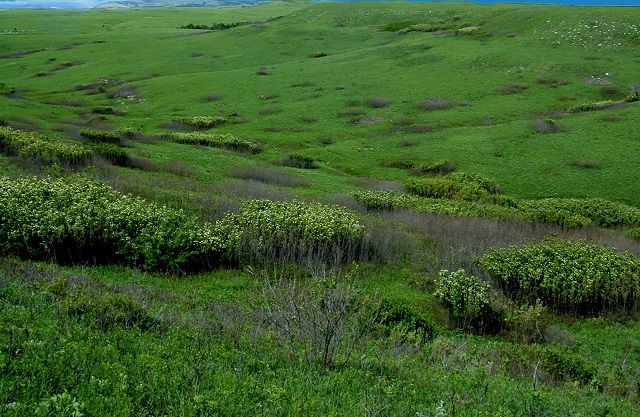
The Sunday News

Farming issues, Mhlupheki Dube
THIS week we will discuss the carrying capacity of our rangelands. This is usually the least understood and mostly ignored concept by most farmers including some of the extension workers.
It is generally accepted that the sweet veld has a carrying capacity of one livestock unit in about 12 hectares of land. A livestock unit is equal to 500 kilogrammes.
This means in Matabeleland South you are talking of one big ox in 12 hectares while in Matabeleland North you are looking at one-and-a-half to two animals in the same area. The two provinces generally have animals with different frame sizes.
The carrying capacity of a rangeland refers to the number of animals that can be sustainably grazed on the veld without deteriorating the veld.
The carrying capacity is a function of a number of factors and may vary from season to season but it is predominantly determined by the number pf palatable grass species within the veld.
It should be noted that not every grass is palatable and this is the reason why you will have some sections of your rangeland which are grazed almost at the end of the season when your animals have exhausted the palatable grasses.
Also important to realise is that palatable grasses which comprise of most the sweet veld are usually sparsely populated and do not have prolific growth tendencies like the sour veld.
It is called a sweet veld because the grasses in such a veld tend to maintain a high nutritive value throughout the season while the sour veld tends to lose its nutritive value significantly during the dry season.
One thing that significantly affects the carrying capacity of your rangeland is the balance between the grass and the tree species.
This is actually the axis of this week’s instalment. Some rangelands have a very low carrying capacity primarily because there are too many woody species. This is exacerbated by the unharmonised extension messages between forestry protection arms and the livestock production arms.
The forester just says to farmers do not chop down trees and threatens all kinds of punishment and fines for such transgressions.
What is left unexplained is how much tree coverage should your rangeland have and what percentage of the vegetation should comprise grasses for you to be able to rear a reasonably herd of animals.
In some private small farms there were even conservation committees set up primarily to dissuade farmers from recklessly cutting down trees.
This was a noble idea which however, began to yield unintended results as the curfew on cutting down trees persisted. You now have farms whose rangelands are simply not navigable by either animals or humans because of interwoven thickets of trees.
The immediate effect of this is that you will not have grass growing in your rangeland because of the canopy effect of trees which closes out the sunlight rom anything underneath the canopy. Even if you have few grasses underneath, animals simply cannot access the grass.
This is also very typical of most communal rangelands in Matabeleland North districts. This is because the province is home to a lot of forestry commission woodlands where tree cutting is obviously prohibited but farmers can graze their animals in these forests.
Needless to say not much of grass is available for grazing the animals. The thesis of the article therefore is that farmers should strike a balance between tree species and grass species within their rangelands so that they improve the carrying capacity of their veld.
In my books if cattle ranching, not timber production is your source of livelihood, you seriously need to clear the land and create space for grass establishment.
This by no means is a license for deforestation but a call to balance forestry conservation and livestock production. It is absolutely senseless to have forests driving farmers into poverty when they are not going to be harvesting and selling timber.
Also besides clearing bushes to establish grazing lands farmers need to do veld reinforcement which means a deliberated planting of more palatable grass species in your rangeland to improve its carrying capacity.
It is pointless to have vast expanses of land full of Sporoboluspyramidalis which your animals can hardly graze. Till next year! Uyabonga umntakaMaKhumalo.
Feedback [email protected] cell 0772851275



